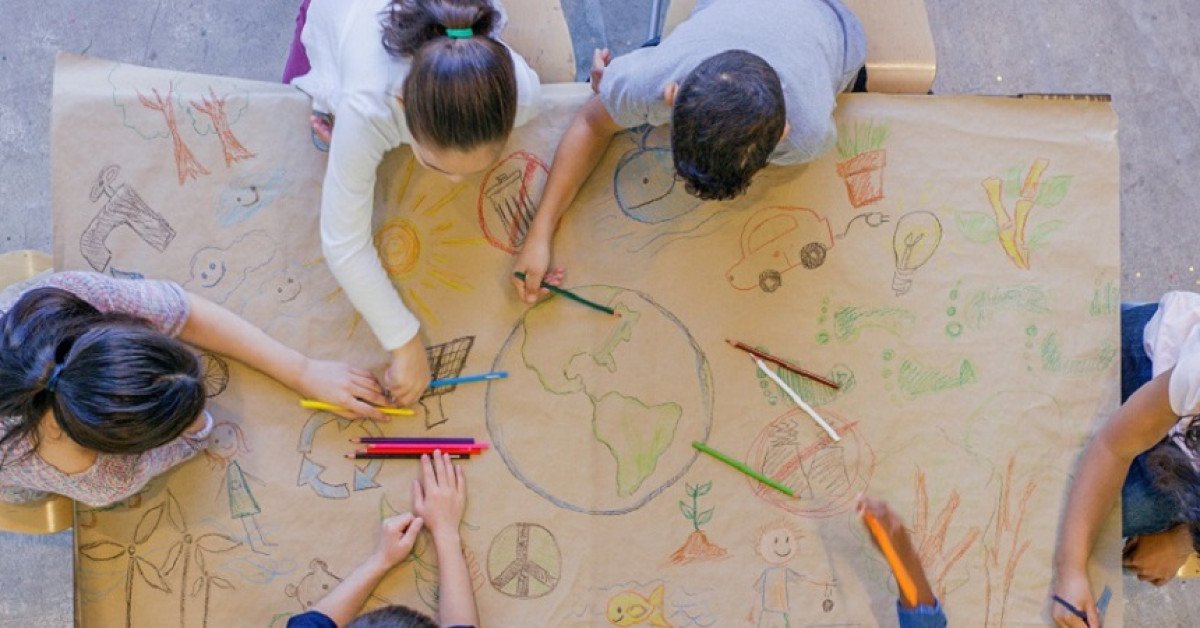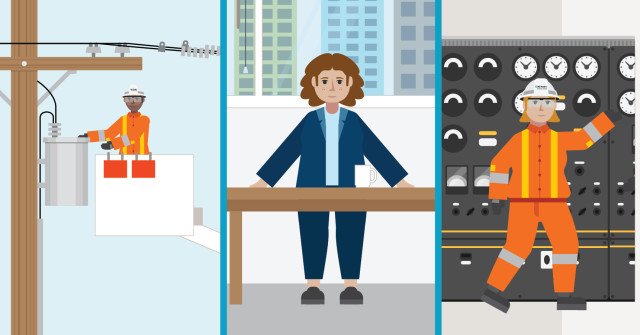What can we do to shrink our home energy bills and help live more sustainably over the next 12 months? That's a question that may not have been top of mind a few years ago, but it's in the spotlight as we consider which resolutions to take on in 2022.
Extreme weather events in B.C., in particular, have strengthened the relationship between a warming planet and the incidence of devastating events that can threaten our safety, homes, and livelihoods.
Cutting carbon emissions and being more sustainable isn't all about paying more, or sacrificing something. Here are a few New Year's resolutions to help us shrink our home energy bills and/or our carbon footprint. Are you up to the challenge?
Take shorter showers
The average B.C. household uses nearly $250 worth of electricity every year to keep the hot water flowing. Showers can be the largest single contributor to overall hot water use in a home, accounting for 15% of total household energy use. While BC Hydro's 98% clean electricity carries only a small carbon footprint, cutting electricity waste lowers your energy bills and helps BC Hydro better meet the needs of British Columbians, especially during periods of peak power demand in winter.
Avoid food waste (shop wisely, eat your leftovers)
It's so tempting to buy that megapack of romaine lettuce hearts when it's so cheap. But purchasing produce, fruit and other perishables in bulk contributes to a staggering amount of food waste. In fact, an estimated one out of four bags of groceries in B.C. is wasted, at a cost of $1,100 per year. Not only is food being wasted while some are going hungry, but the production and transportation of that food adds up in energy costs and carbon emissions.
Leave the car at home
Cars can be a convenient and comfortable way to get around, but gas-powered cars are among the greatest carbon-emitters in today's world. If it's practical for you and other members of your family, try walking, biking, carpooling or using transit whenever you can. And for those in your home with a longish daily commute, why not switch to an electric bike or scooter? If you get an e-bike, learn about the importance of e-bike etiquette.
Reuse, recycle, and buy less packaging
Few of us can go the lengths of New York City's Lauren Singer, whose zero waste quest went viral and earned her several Ted Talk appearances when she fit a year's worth of waste into one 16-ounce mason jar. But we can limit waste in our landfills and carbon emissions associated with the production of goods by avoiding plastics – especially non-recyclable items – along with excessive packaging and disposable items. And we can take care to recycle or reuse as many items as possible.
Avoid bottled water
Most areas of B.C. are blessed with excellent and safe tap water. Bottled water may be convenient, but refilling a reusable bottle isn't a huge sacrifice. There are carbon emissions associated with the bottling and transportation of bottled water, and while those bottles are recyclable, a considerable number wind up in the landfill.
Take fewer flights
As access to air travel increases in 2022, consider what returning to normal (or near normal) for your travel means in terms of carbon impacts. While emissions from flying constitute only 3% to 4% of total global emissions, the relatively small percentage of the global population that flies regularly is growing fast. If you're taking more than a few flights a year, your household carbon footprint is almost guaranteed to be much higher than the average Canadian, and that's high, considering Canadians on average are among the biggest carbon emitters on the planet.
Do laundry less often, and hang-dry clothes
Parents know the drill. If they have kids or teens in their home, they're likely doing more laundry than they need to as clothes, sometimes just tried on or worn one time, are tossed on the floor and wind up in the laundry basket. We tend to wash our clothes too often, and that not only shrinks or damages them, it also takes its toll on energy use and sheds microplastics that can end up as toxins in our oceans. Be selective with the clothes you wash regularly, use cold water as much as possible, and hang-dry laundry when you can.
Eat more veggies, and buy local food when you can
When the Canada Food Guide was updated in 2019, its recommendations for healthy eating included a big shift from meat and dairy toward more fruit, vegetables and plant-based proteins. That's not just a healthy shift – it's also best for the planet. Beef and lamb in particular carry a heavy greenhouse gas footprint, as they produce large amounts of methane during their digestive process. As a greenhouse gas, methane is up to 34 times more potent than CO2.
Mapping resolutions to Power Smart for Schools activities
Here are some in-class activities that provide some sustainability context around our individual and community actions and choices.
Needs versus wants (K, Grade 3)
Your class plays a game to learn the difference between needs and wants, and impacts of too many wants on our resources, water, and energy.
How far can you go? (Grades 6-8)
Students need to access individual computers or tablets for online investigation as they plan a virtual road trip across B.C. with an electric vehicle.
Life cycle of a plastic bottle (Grade 9)
Students trace the life cycle of three different plastic bottles to learn about the path from manufacturing to disposal. Uncover what effect plastic has on the environment and what we should think about when buying or throwing it away.
Sustainable transportation (Grades 10-12)
Students delve into vehicle and public transportation options en route to producing a sustainable transportation plan for their neighbourhood.
Reduce, reuse and recycle (Grade 11)
You'll need a digital screen and projector for this activity, which begins with an introduction to “The Waste Hierarchy” (reduce, reuse, and recycle) and a review of the Law of Conservation of Mass. Students assess the sustainability of the three practices, review the mechanical recycling process, and are introduced to chemical recycling.






